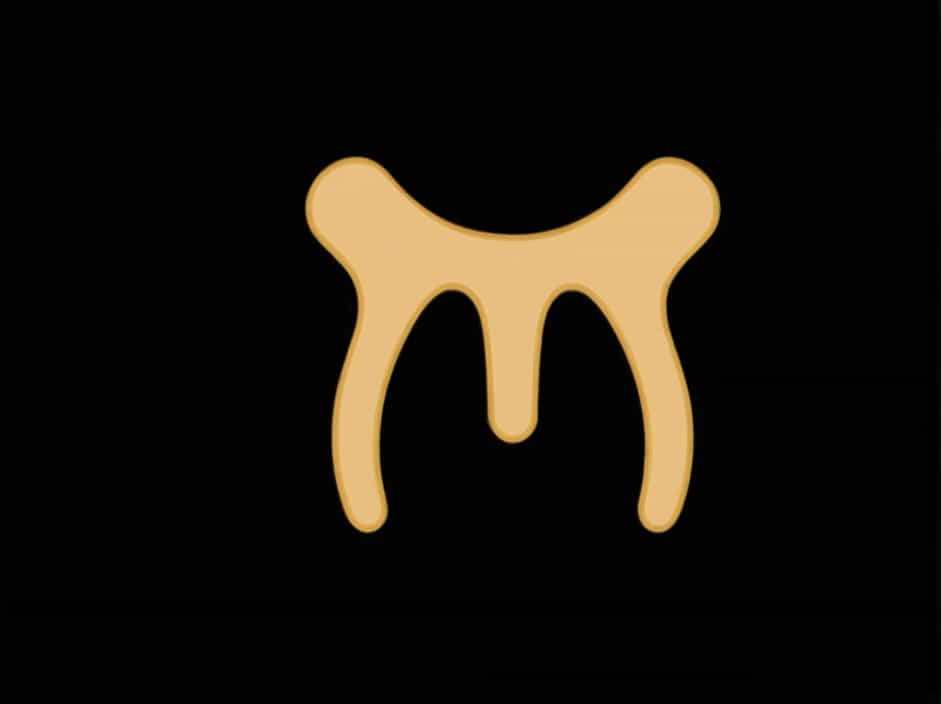The hip bone, also known as the pelvic bone or coxal bone, is a crucial structure in the human skeleton. It provides support, stability, and movement, connecting the spine to the lower limbs. The hip bone plays a key role in weight-bearing, posture, and locomotion, making it one of the most important bones in the body.
This topic explores the anatomy, function, and clinical significance of the hip bone, helping you understand its importance in daily life.
Anatomy of the Hip Bone
1. What Is the Hip Bone?
The hip bone (pelvic bone) is a large, irregularly shaped bone that forms the pelvis. It is a paired structure, meaning there are two hip bones, one on each side of the body. These bones connect to the sacrum at the back and join at the pubic symphysis in the front.
2. Parts of the Hip Bone
The hip bone consists of three fused bones:
- Ilium – The largest and most superior part of the hip bone. It forms the upper portion of the pelvis.
- Ischium – The lower and posterior portion, forming the sit bones.
- Pubis – The anterior part of the pelvis, meeting at the pubic symphysis.
These three bones fuse together during adolescence to form a single structure.
Functions of the Hip Bone
1. Support and Stability
The hip bone supports the weight of the upper body, distributing it evenly to the lower limbs. It also provides a stable base for the spinal column.
2. Movement and Locomotion
The hip bone connects to the femur (thigh bone) at the hip joint, allowing movements such as:
- Walking and running
- Jumping and squatting
- Bending and rotating the hips
3. Protection of Internal Organs
The pelvic cavity houses and protects vital organs, including:
- Bladder
- Reproductive organs (uterus, ovaries, prostate)
- Intestines
4. Attachment for Muscles and Ligaments
Several muscles, tendons, and ligaments attach to the hip bone, including:
- Gluteal muscles (buttocks)
- Hip flexors (front of the thigh)
- Adductor muscles (inner thigh)
These attachments help in posture, movement, and stability.
The Hip Joint: Connection to the Femur
The hip joint is a ball-and-socket joint, where the head of the femur fits into the acetabulum of the hip bone. This structure provides:
- A wide range of motion
- Strong stability for weight-bearing
- Smooth movement with the help of cartilage
Common Hip Bone Conditions and Injuries
1. Hip Fractures
A hip fracture is a common injury, especially in older adults due to osteoporosis. It usually occurs in the femoral neck or acetabulum.
2. Hip Dysplasia
This condition occurs when the acetabulum is too shallow, causing the femur to dislocate partially or completely. It is more common in newborns and infants.
3. Osteoarthritis of the Hip
Over time, cartilage in the hip joint can wear down, leading to pain, stiffness, and reduced mobility. This condition is common in older adults.
4. Hip Bursitis
Inflammation of the bursa (fluid-filled sacs) around the hip joint can cause pain and discomfort, often due to overuse or injury.
How to Keep Your Hip Bones Healthy
1. Exercise Regularly
- Strength training (to support the hip muscles)
- Stretching and flexibility exercises
- Low-impact activities (walking, swimming, cycling)
2. Maintain a Healthy Diet
- Calcium and vitamin D for bone strength
- Protein for muscle support
- Anti-inflammatory foods to reduce joint pain
3. Prevent Falls and Injuries
- Use proper footwear
- Strengthen core and leg muscles
- Improve balance and posture
4. Seek Medical Attention for Pain
If you experience persistent hip pain, stiffness, or swelling, consult a healthcare professional for an evaluation.
The hip bone, also known as the pelvic bone, is a vital part of the skeletal system. It provides support, movement, and protection for essential organs. Keeping your hip bones strong and healthy is crucial for mobility and overall well-being. By exercising, eating a balanced diet, and preventing injuries, you can maintain healthy hip function throughout life.
